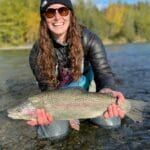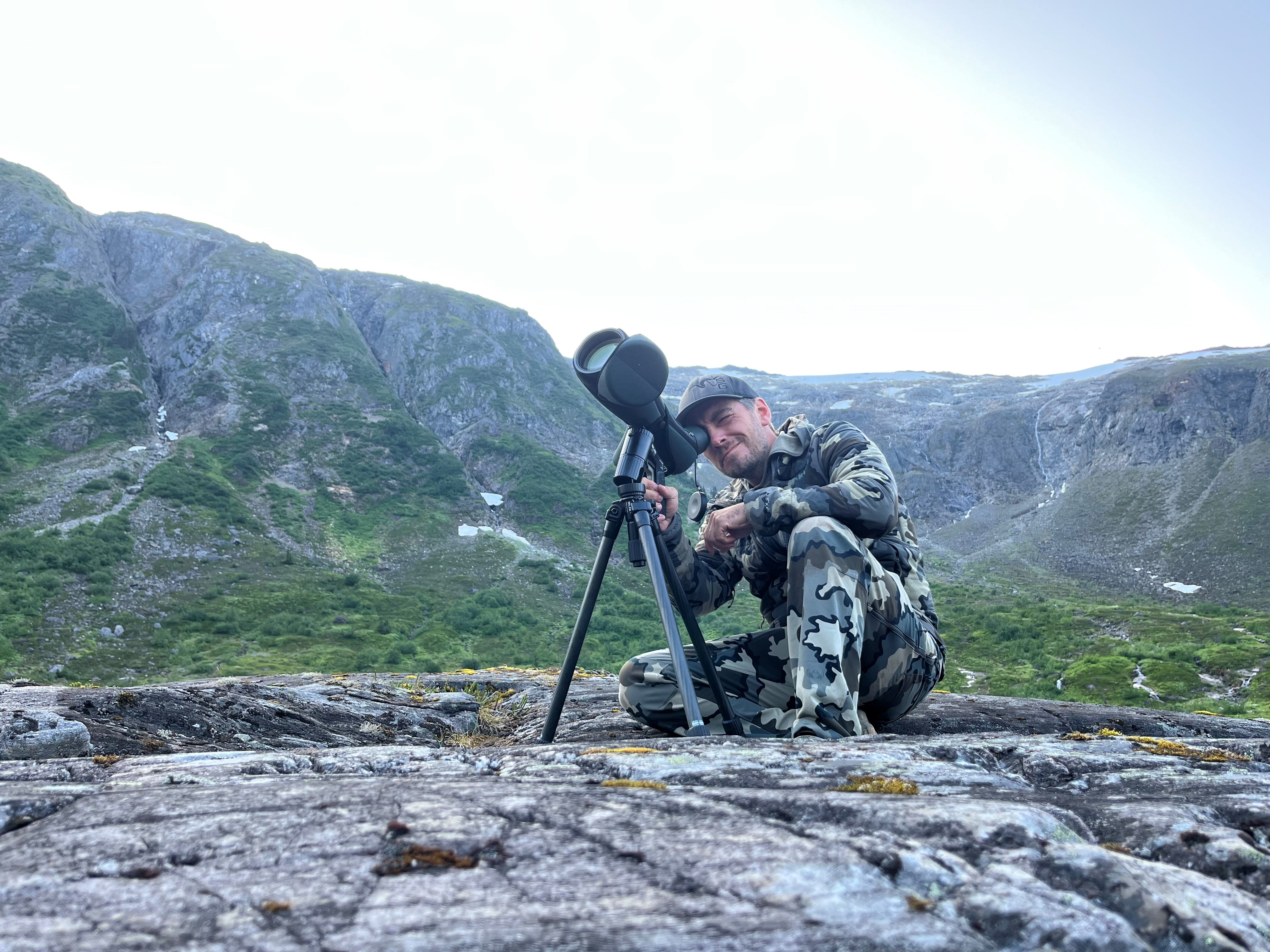Our public lands are the foundation of healthy watersheds and strong communities. From remote trout streams to working forests and rangelands, these places provide clean water, vital trout habitat and public access for all Americans. But pressures like efforts to sell off and privatize public land threaten what makes them so valuable.
This blog series highlights the people and places at the heart of these landscapes—and the practical, local perspectives keeping them accessible, productive and resilient for generations to come.
Lucas Mullen didn’t expect to move to Alaska and make his living as a fly fishing and hunting guide and commercial fisherman, but when the opportunities to guide and fish the lands and waters of the Tongass National Forest—America’s largest and biggest fish producing forest—came knocking, he answered.
Originally from Baton Rouge, Louisiana, Lucas spent most of his childhood living in Salt Lake City, Utah with frequent fishing and backpacking trips to Montana. “I carried a fly rod before I probably should have,” says Lucas. “I remember getting so frustrated because the adults would always be catching fish, and I just hadn’t had it figured out yet. But then there were a few moments when it all clicked.”
He’s been hooked ever since. Lucas first came to Alaska at the age of 16 for a steelhead fishing trip. “We didn’t see a fish or touch a fish,” he says. “But that was it. I had to come back, you know?” Anyone who has spent time in Southeast Alaska can certainly attest to the draw to return to the largest remaining temperate rainforest in the world.
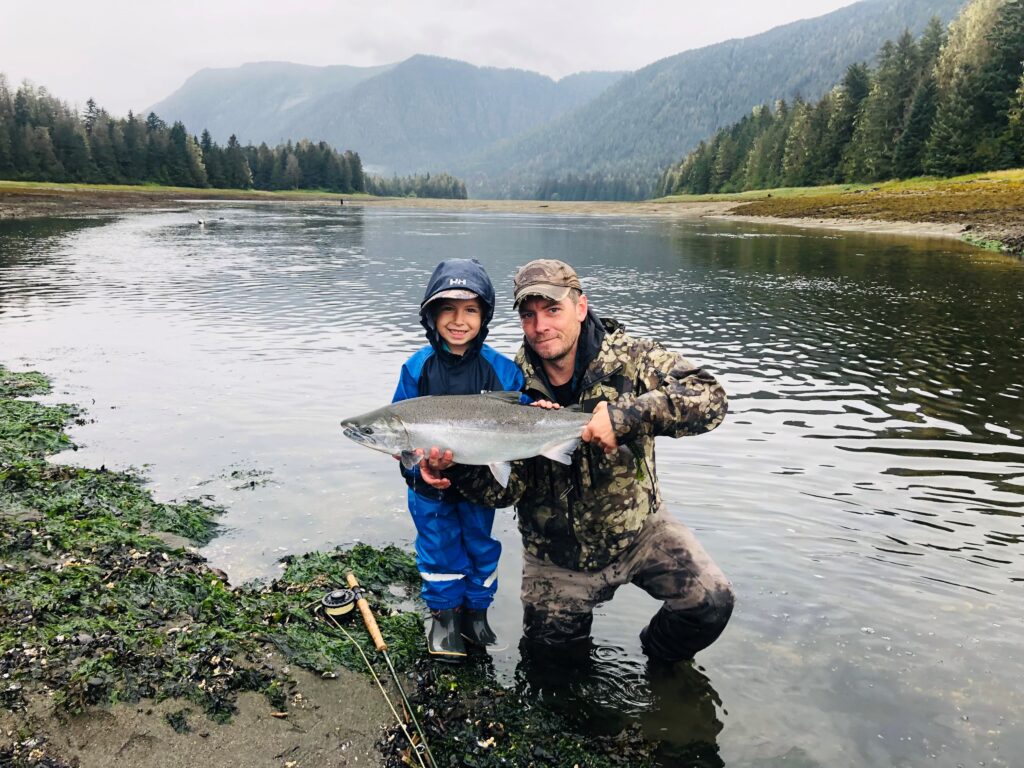
Commercial fishing draws him north
His first opportunity to get back to Alaska was shortly thereafter. For the next three years, Lucas worked for his uncle as a commercial crabber based out of Petersburg. His love for Southeast Alaska grew as he spent his days crabbing through waters surrounded by old-growth rainforest and snow-capped mountains. Three years of seasonal employment led to a move to Juneau to attend the University of Alaska Southeast.
Lucas continued to work as a commercial fisherman while pursuing his degree. He’s worked off and on in the industry ever since. Over the years, Lucas pursued many commercial fishing methods: gill netting, power trolling and hand trolling to name a few. The Southeast Alaska commercial fishing industry provided Lucas with many different good jobs over the years. The fishing industry makes up eight percent of the region’s economy, and 30 percent of Alaska’s wild salmon harvest spawns and rears in the Tongass’ intact and healthy habitat.
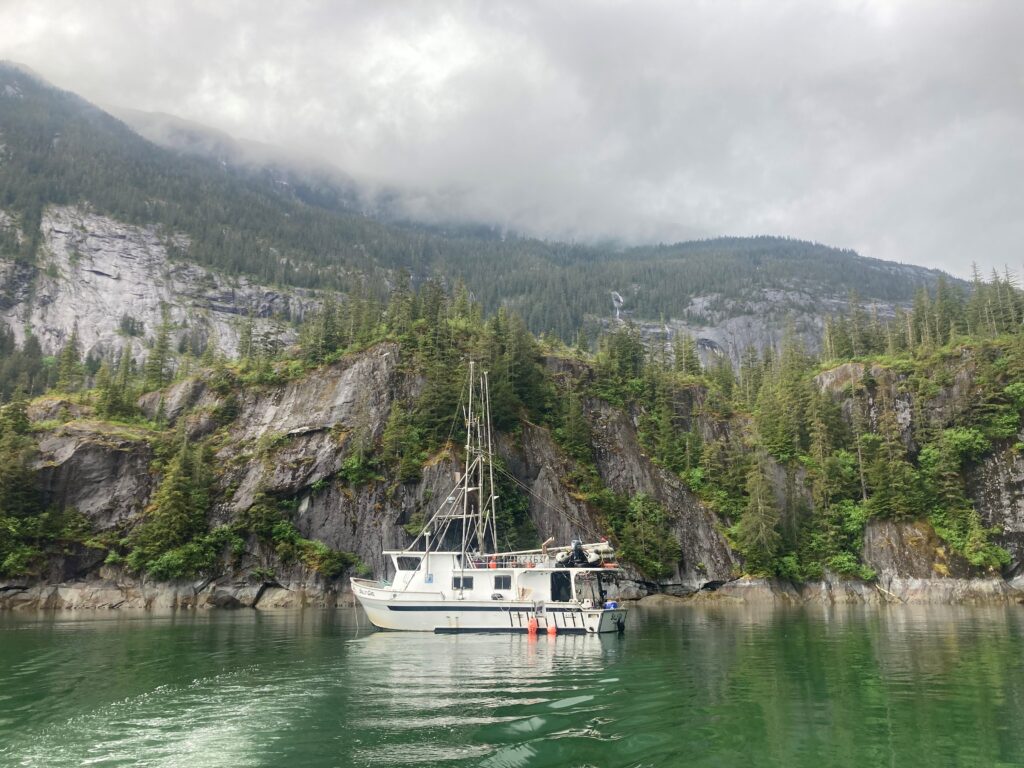
Getting back to his fly fishing roots
Although commercial fishing equipped Lucas with valuable work experience and the opportunity to move to Alaska, it’s not where his heart is.
After graduating from college, Lucas spent time as a substitute teacher and wondered what to do next. He then got a job working as fly fishing guide with an outfit based out of Juneau. Fly fishing has been a huge part of his life for as long as he can remember, and he finally had the opportunity to make a living off it as well.
That first guiding job led Lucas to where he is now.
Lucas and his business partner Kevin own Tongass on the Fly. They guide clients on multi-day trips based out of a 45-foot charter vessel they use as a floating lodge.
Imagine waking up anchored in a remote part of the Tongass National Forest; launching a jet boat to run up a wild steelhead stream; spending the day catching steelhead with few, if any, other anglers around; and then returning to the boat in the evening where you can set crab and shrimp pots, or catch some fresh fish for dinner. This is the experience Lucas and Tongass on the Fly offer clients.
World-class outdoor experiences like this one draw over a million visitors to the Tongass each year.
Tourism drives local opportunities
Lucas’ spring months are full of multi-day steelhead trips. Throughout the summer, he’ll guide day trips for salmon, Dolly Varden and cutthroat trout. And that’s not all the guiding he has under his business belt.
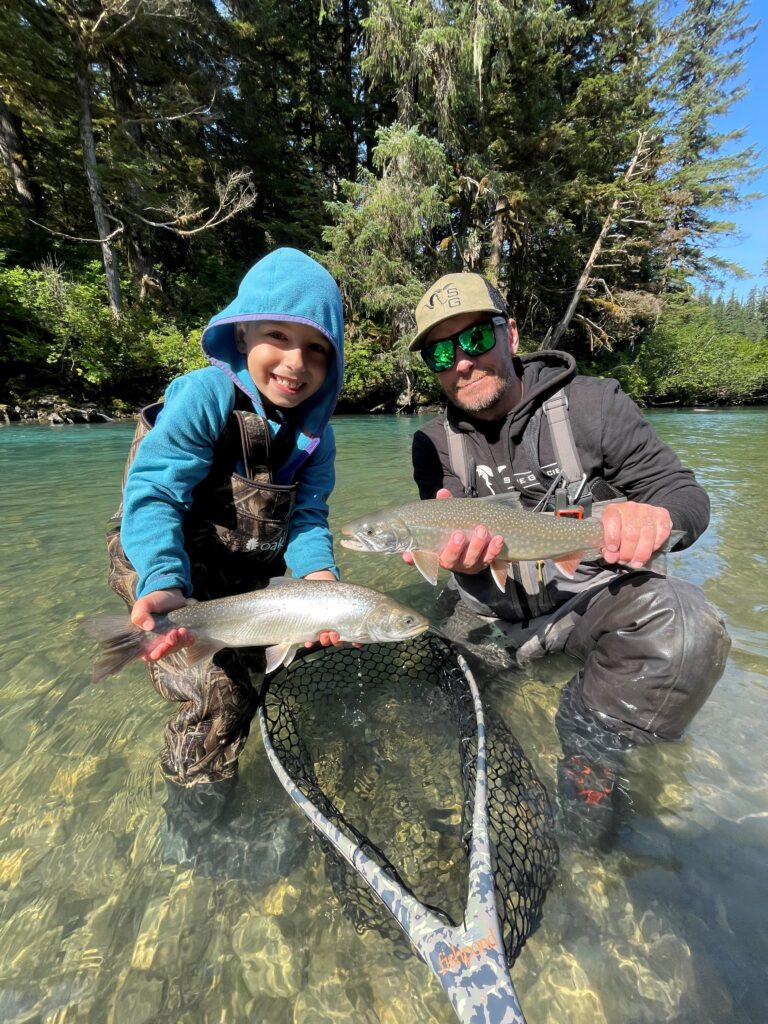
Around the same time Lucas started working as a fly fishing guide, he also cut his teeth working as a big game hunting guide. Now, he co-owns Southeast Alaska Guiding with his business partner Hans. They offer guided brown bear, black bear and mountain goat hunts throughout the spring and fall.
The tourism industry is the second largest driver of Southeast Alaska’s economy and the largest industry in the private sector. Lucas’ employment history represents the realities of so many Southeast Alaskans who make a living off wild lands and wild fish. Here, intact public lands and mature forests aren’t just a place to visit for outdoor recreation; they are the foundation of the region’s high-value fisheries, provide important wildlife habitat, draw visitors from all over the world and are essential to the local way of life.
Keeping the forest working for locals
Lucas’ livelihood makes the most of the business opportunities made possible by productive and intact fish and wildlife habitat in the Tongass National Forest. He and his wife are able to raise their two sons in their beloved community of Petersburg because of these opportunities. That’s why Lucas is dedicated to maintaining the incredible natural resources that will power his businesses for generations to come.
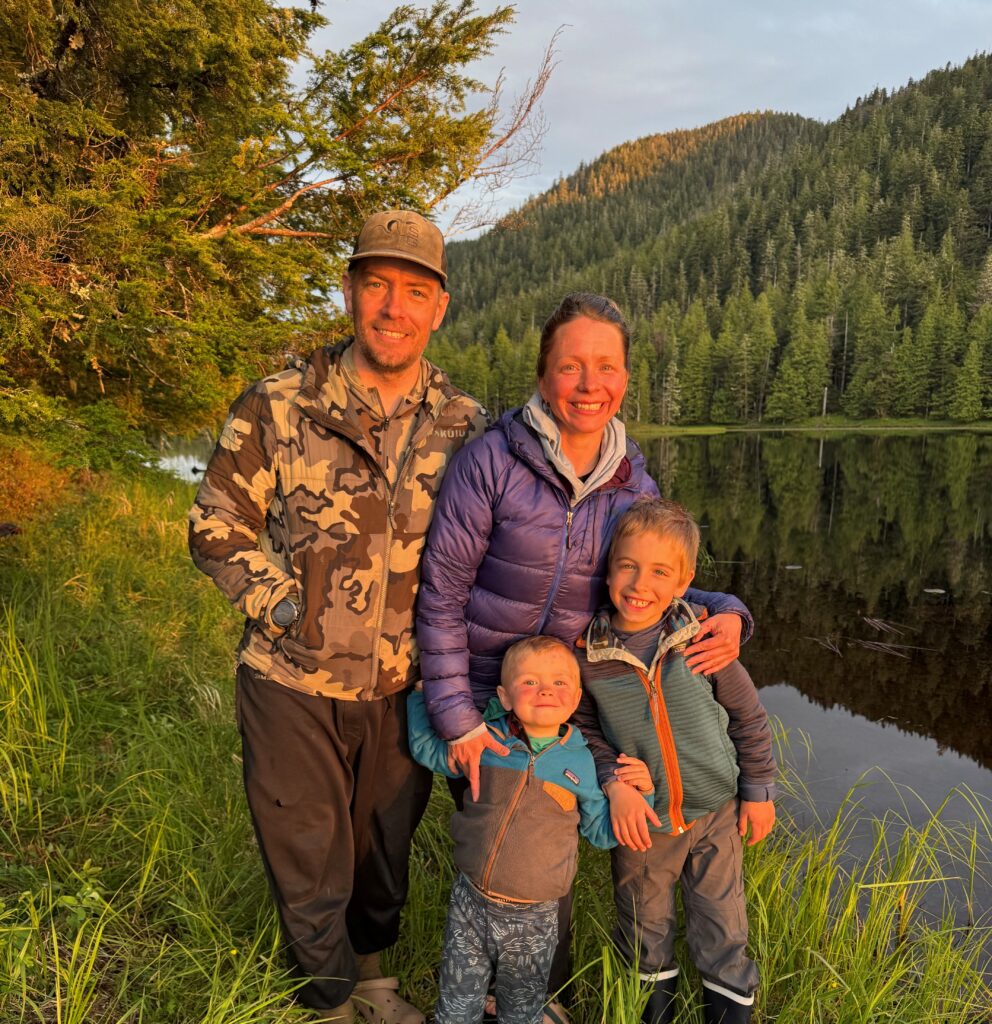
As a local business owner, Lucas stands with the majority of Southeast Alaskans and Americans who support maintaining the public lands and roadless forests that his family and businesses rely on. He is also a proponent of sustainable forest management policies that conserve and restore important habitat and are responsive to the priorities of local communities.
“It all comes down to habitat,” Lucas says. “And that means trying to keep it.”


